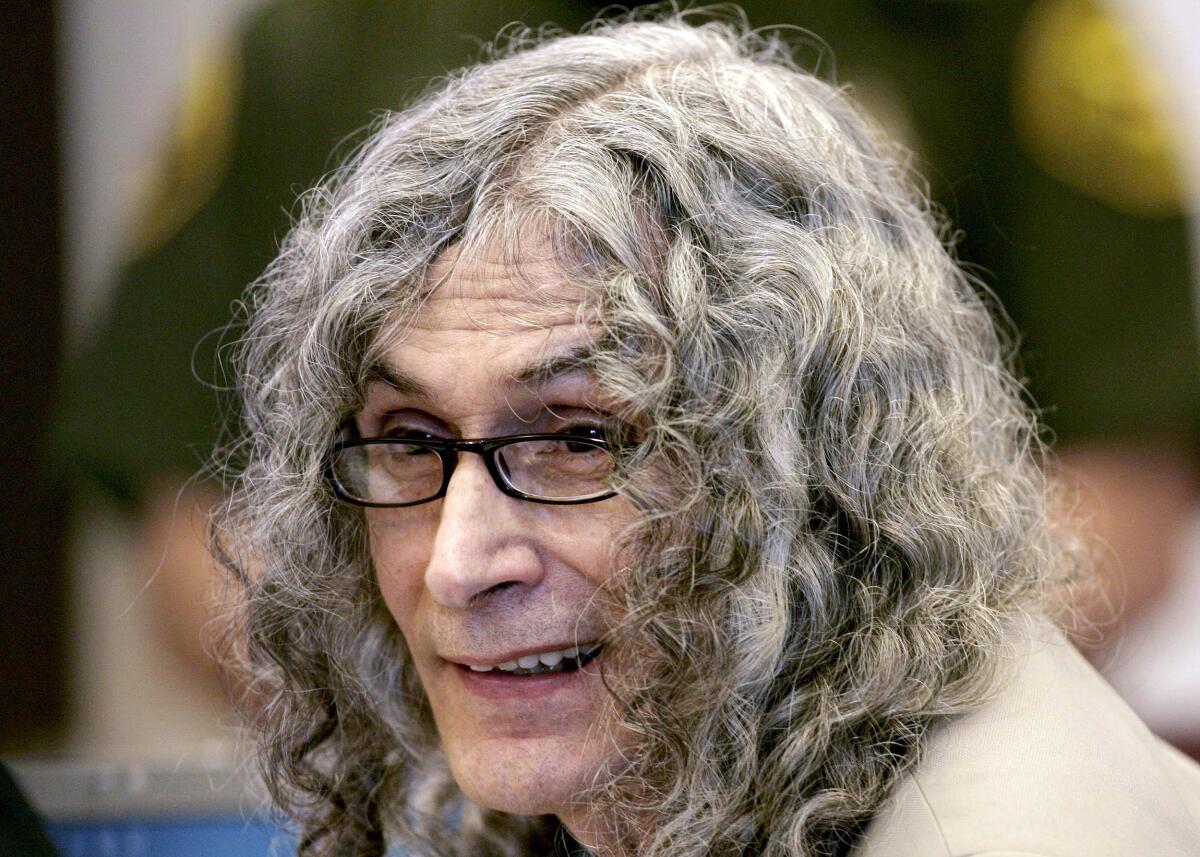Rodney Alcala, often dubbed the “Dating Game Killer,” is infamously remembered for his heinous crimes which spanned over a decade. Born Rodney James Alcala in San Antonio, Texas, in 1943, he became one of America’s notorious serial killers, linked to numerous murders, assaults, and kidnappings.
The Beginning and Initial Offenses
Alcala’s criminal history began in the late 1960s. He was charged with the kidnapping and assault of Tali Shapiro, an eight-year-old girl, in 1968. This incident happened in Los Angeles, California, soon after Alcala evaded capture by fleeing to New York City. In New York, he enrolled in the NYU Film School using a fake alias, John Berger. While there, he worked as a counselor at a children’s arts camp, showcasing how he navigated society despite his sinister inclinations.
The Path to Homicide
Rodney Alcala’s criminal evolution reached its peak in the 1970s. In 1971, he was added to the FBI’s Ten Most Wanted Fugitives list, leading to his discovery and arrest. However, due to a lack of evidence, he was only convicted of lesser charges relating to the Shapiro incident. His release allowed him to continue his dark trajectory.
Alcala’s method of operation involved using his charm and claiming to be a professional photographer. He lured many victims with the promise of modeling opportunities, manipulating their trust to commit unspeakable acts. By 1979, he had preyed on several women, with confirmed links to five murders, although estimates suggest his actual tally is significantly higher.
The Eerie Game Show Performance
In 1978, Alcala participated in the TV program “The Dating Game.” Even though his disturbing demeanor was apparent, he emerged victorious in the contest. However, the woman contestant refused to date him because of his unsettling vibe. This public event underscored the eerie contradiction of a predator blending into everyday life, amplifying his notoriety.
Detentions and Sentences
Alcala was eventually taken into custody after a thorough investigation linked him to several murders. The breakthrough came when authorities connected his DNA to evidence from multiple crime scenes. In 1980, he was convicted of the murder of Robin Samsoe, a 12-year-old girl from California. Although this conviction was overturned on appeal twice, Alcala was retried and eventually sentenced to death in 2010.
Additional investigative progress resulted in further convictions. Alcala’s DNA was linked to evidence from several crime scenes, leading to numerous murder accusations beyond the initial five. In 2012, he admitted to two additional murders in New York, providing more resolution to the cases of Ellen Hover and Cornelia Crilley, both killed in the early 1970s.
A Legacy of Infamy
Rodney Alcala’s legacy is not solely marked by his crimes but also by the systemic failures and challenges within the judicial and law enforcement systems of the time. His ability to elude capture through multiple states and under various aliases highlights gaps in historic procedural collaboration between agencies. Moreover, his manipulative use of charm and intelligent façade underscores the complex psychology of serial offenders.
Thinking about Rodney Alcala’s narrative prompts a haunting reflection on the persistence of malevolence and the need for ongoing advancements in judicial and protective strategies. His situation has driven changes in the coordination among investigative teams, ultimately contributing to the deterrence of similar criminal patterns in the coming times. Viewed from this perspective, Alcala symbolizes both historical misfortunes and the relentless quest for justice.
